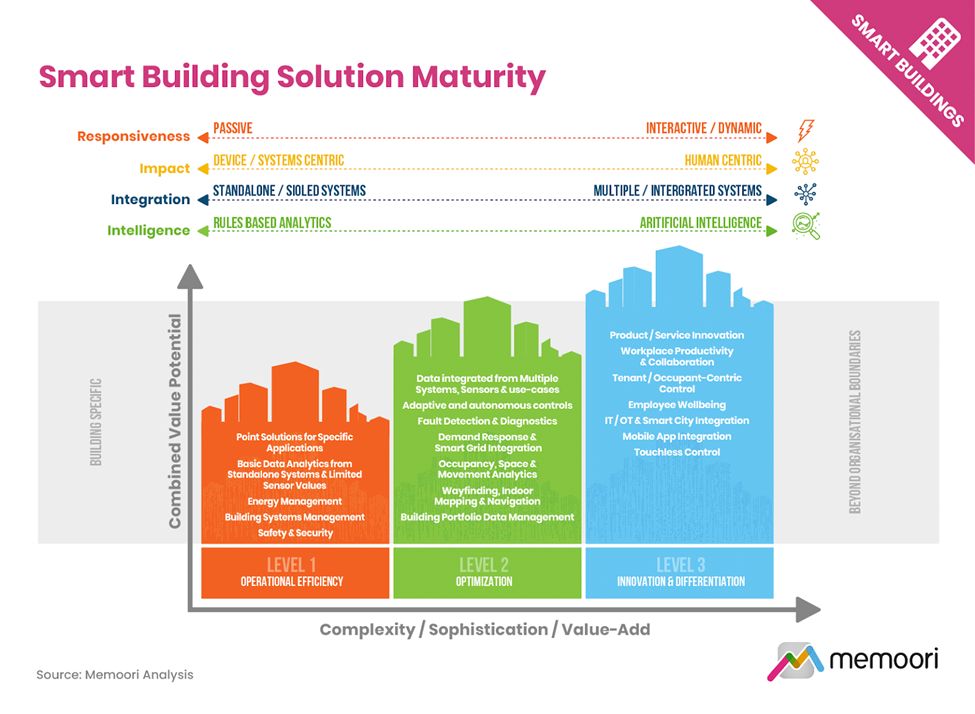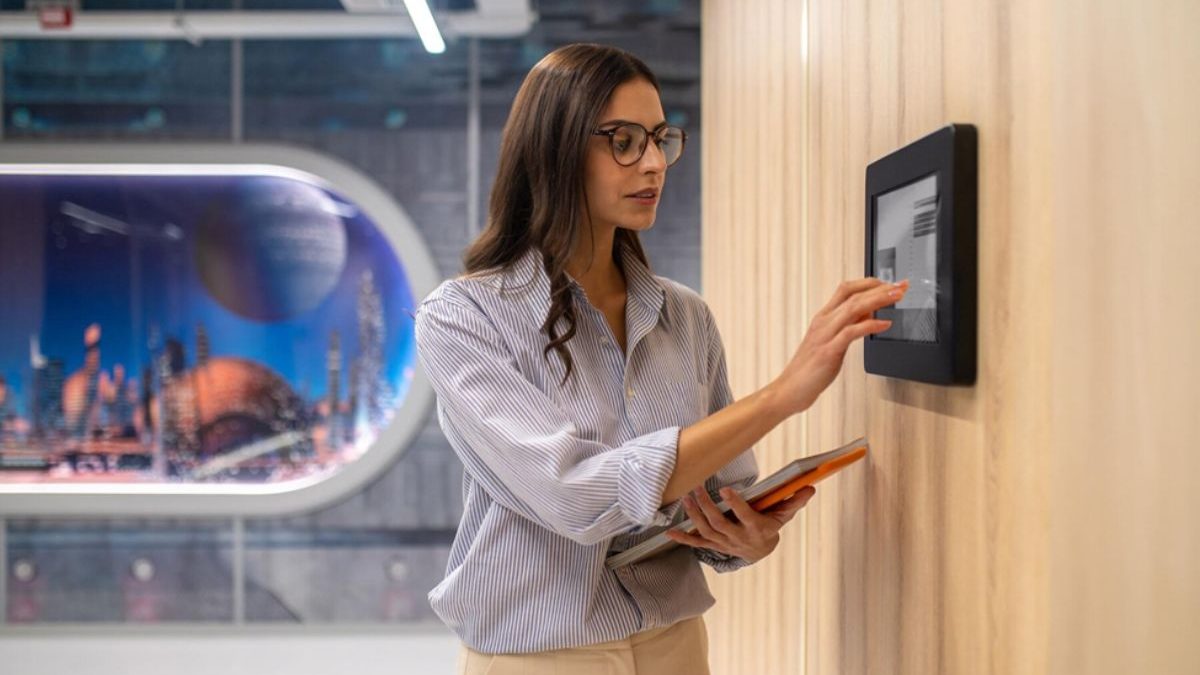Thirty-three percent of commercial real estate connected devices were still managed manually in 2021. Manual operations consume time and, when done on outdated systems, thwart productivity. These legacy systems also come with high maintenance cost and, limited scalability — not to mention they’re susceptible to errors. In a dynamic world where agility and responsiveness are paramount, these problems can add up to disaster.
Enter remote device management (RDM) for connected products. RDM can revolutionize how smart offices operate, offering advanced solutions that replace manual processes with automated, efficient management of connected products like kiosks, smart lockers, security systems, IoT devices, controllers, printers, digital signs, and the list goes on.
But organizations can take a phased approach to incorporating remote device management for smart building assets and overcome these hurdles.

Table of Contents
Understanding IoT Device Management
Smart offices are transforming how employees work by integrating unattended connected product devices like self-service kiosks, smart lockers, and digital signs. These connected products facilitate seamless operations and enhance overall productivity.
However, managing these devices presents unique challenges that traditional IT infrastructure solutions may not adequately address. By 2030, 32.1 billion devices will be internet-connected to perform specific tasks and gather crucial data for home or enterprise-level applications. With more IoT adoption comes the pressing need to manage these systems efficiently.
Unique Challenges of IoT Devices
IoT devices come with their own set of complexities that traditional IT infrastructure solutions may not adequately address. In smart offices, various connected products are utilized, each with specific functions and management needs. This diversity requires a tailored approach to ensure the effective management of all devices.
Regular software updates are critical for maintaining device functionality and security. However, the frequency of these updates can pose a challenge, requiring efficient management systems to handle them seamlessly.
Moreover, connected devices are often more vulnerable to cyber threats, necessitating stringent security measures. For instance, malware attacks on IoT devices increased by 77 percent in the first half of 2022.
These challenges underscore the need for specialized remote device monitoring software for IoT devices.
Advanced RDM for Connected Products
Remote device monitoring software offers advanced features for connected products like self-service kiosks, smart lockers, security systems, and digital signs.
Here are some of its features and how it can improve operational efficiency:
Real-time monitoring
Advanced RDM solutions provide real-time monitoring capabilities, allowing IT teams to track device performance and health. This proactive approach helps pinpoint and resolve issues before they escalate, minimizing downtime and ensuring uninterrupted operations.
Unplanned downtime is one of the biggest threats to workplace efficiency. However, with predictive maintenance enabled by IoT devices, operational data can forecast when something will fail. One example is a sensor alerting when a printer shows signs of an impending malfunction.
Streamlined updates
Keeping IoT devices up-to-date is crucial for security and performance. Advanced RDM solutions facilitate streamlined updates, enabling automated deployment of software and firmware updates across all connected devices. This process ensures that all devices run the latest versions without manual intervention, reducing the risk of vulnerabilities and improving device performance.
Automated troubleshooting
A key feature of modern RDM solutions is automated troubleshooting. When an issue is detected, the system can automatically diagnose and often resolve the problem without human intervention.
This approach reduces the burden on IT support teams and speeds up resolution times, directly contributing to enhanced productivity. In fact, 83 percent of organizations using IoT experience better performance and efficiency.
Reduced support costs and downtime
By leveraging advanced RDM capabilities, organizations can significantly reduce support costs and minimize downtime for their smart office devices. Automated features decrease the need for manual interventions and IT support, leading to cost savings and efficient use of IT resources.
Improved employee satisfaction and engagement
A well-managed IoT ecosystem directly impacts employee satisfaction and engagement. Employees’ overall job satisfaction increases when they experience fewer technical issues and faster resolutions. Personalized device configurations further enhance engagement by catering to individual preferences, making employees feel valued and supported.
Enhanced security
Security is a top priority in managing IoT devices. RDM solutions provide centralized control to enforce robust security policies, real-time monitoring for potential threats, and rapid deployment of security patches. This comprehensive approach ensures that connected products remain secure, protecting sensitive data and maintaining employee trust.
Embrace the IoT-Driven Smart Office
Organizations should invest in advanced remote device management software to realize the full potential of their IoT devices. They can enhance operational efficiency, improve employee productivity, and ensure the modern office environment’s secure and smooth operations.
The integration of IoT devices in the workplace is set to increase, making effective RDM more critical than ever. Organizations can better handle the complexities of a connected environment by prioritizing streamlined remote device management.
This approach enhances productivity and security. It fosters a workplace where employees can thrive, innovate, and contribute to the organization’s success. Embracing RDM for IoT is not just a trend but a necessity for future-ready businesses.

